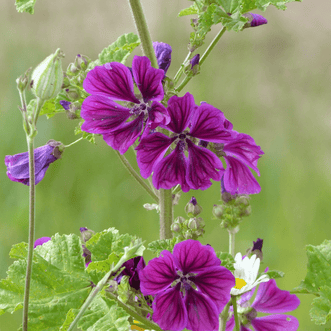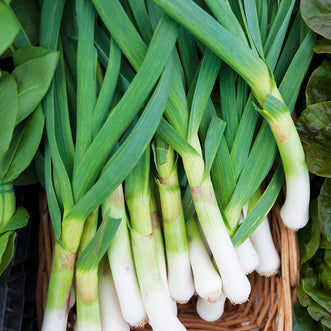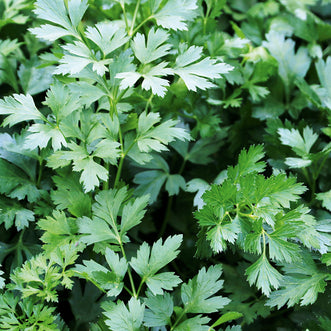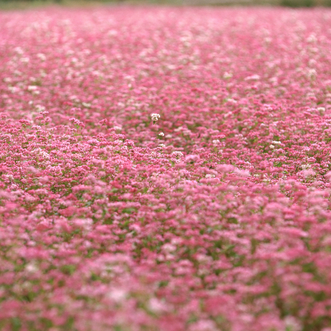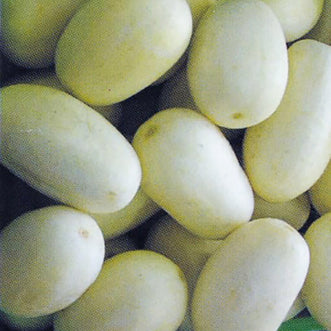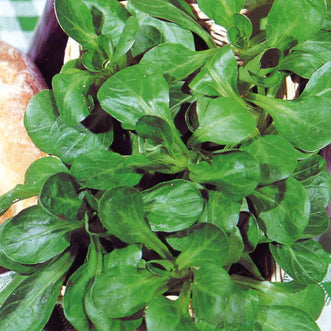NZ Edible Flowers

What flowers can you eat?
Edible Flowers have been used in cuisine in one form or another since ancient times - either fresh, dried, pickled, crystallized or infused to bring out their pigments. They’ve also been used extensively in herbal medicines making soaps, balms, poultices, tinctures and teas but that’s a story for another day....
The flowers of nearly all edible plants are edible, as well as quite a few from your decorative garden.
Their uses are endless – petals sprinkled through salads, infused into sauces, fried as a side dish, stuffed with rice and meats, garnishing an antipasto platter, added to stews and stir fries at the end of the cooking cycle, set into ice cubes, made into flower syrups and dressing up the finishing touches of a cocktail.
Some tips to help you on your way:
-
Pick edible flowers in the morning when they have the highest moisture content. Later in the day they won't be as firm.
-
Avoid flowers that might have been sprayed with pesticides or might have dusty residue from traffic.
-
With larger flowers, remove the pollen-filled stamens to avoid staining and any allergies.
-
Store flowers in an airtight container lined with damp paper towel - they’ll keep nicely for up to a week.
-
Wilted flowers can be revived by floating them in cool water for a few minutes.
Here's some tasting notes and suggestions on what can be picked and eaten from your flower and vegetable garden:
Alliums (includes Onions, Chives and Leeks) - remove the central stem and use the individual florets to give a tangy onion taste to soups and savouries.
Antirrhinums (Snapdragons) - colourful but quite bland in taste and even slightly bitter. Use them to beautify a dish but not as a flavouring.
Arugula/Rocket - white or yellow flowers have a spicy zing which can enhance a salad or sandwich.
Beans - have a crisp texture and a peasant mild beany taste.
Bellis (English Daisy) - slightly bitter like a Chicory leaf but the pompom types look great set in ice cubes.
Calendula - tastes slightly tangy and peppery and was known as the Poor Mans saffron. Strip the petals from bigger flowers and use like confetti through a salad. Smaller flowers can be set in ice cubes.

Chicory - sky blue flowers with an earthy endive flavour. Unopened flower buds can be pickled like capers.
Clover - sweet mild liquorice flavour.
Cornflower - slightly spicy clove-like flavour with a hint of sweetness.
Dianthus/Carnation - mild clove flavour. Larger carnations are best stripped down to use the petals with the central head and calyx discarded.
Marigold - pleasant citrus taste. The small Starfire types can be used whole all sorts of ways, the bigger flowering types need to be plucked from the flower head and used like confetti.
Monarda Bee Balm - think of the Earl Grey tea flavour and also slightly minty. Colours range from pink to bright red and purple.

Nasturtiums - have a peppery flavour like Watercress with the brighter colours looking great in salads. The leaves are also edible.
Peas - pea flowers taste like fresh peas however never eat Sweet Pea flowers which are inedible.
Shungiku - has a daisy like flower with a mild mint cinnamon taste.
Sunflower - unopened buds can be steamed or sautéed in butter and served whole. They have an artichoke like flavour. Or petals can be pulled from the open flower and sprinkled like confetti over soups and salads.
Violas /Pansies - smaller Violas are best, freeze them in ice cubes to funky up your favourite summer drinks, kids think they’re fun too.
Zucchini/Squash - excellent for stuffing with spicy rice and mince combos or coating with tempura batter and lightly frying. It's best to gently remove the pollen covered stamen before using. Use the male flowers which face upwards on a stem rather than the female flowers that face sideways as they’re the ones that set fruit.

And some herb suggestions:
Herb flowers taste pretty much like the plants they represent and some are more useful than others.
Anise Hyssop - licorice Mint flavour. The fluffy head should be plucked from the stem first otherwise it's too bulky.
Basil - Sweet Genovese types have a white flower with minty cinnamon flavours while the Thai types have a mauve flower with more anise or liquorice flavours.
Borage - has a blue flower with a pleasant mild cucumber taste. Freeze it in ice cubes or confetti it through salads.
German Chamomile - smells like fresh hay and has an apple-like flavour. Makes a soothing tea as well.
Chervil - the tiny delicate flower has a sweet Anise flavour.
Coriander - you guessed it! The small white flower clusters taste just like Coriander.
Lavender - can be used in cuisine in all sorts of ways but it's best to avoid the species that have high levels of Camphor like Lavender Dentata.

Like everything, edible flowers should be eaten in moderation - a few will be good for you, a bucketful will not.
If in doubt about whether a flower is edible or whether your children have tried something you're concerned about, immediately contact the National Poisons Centre 24/7 Freephone 0800 764 766, it’s a free service.














